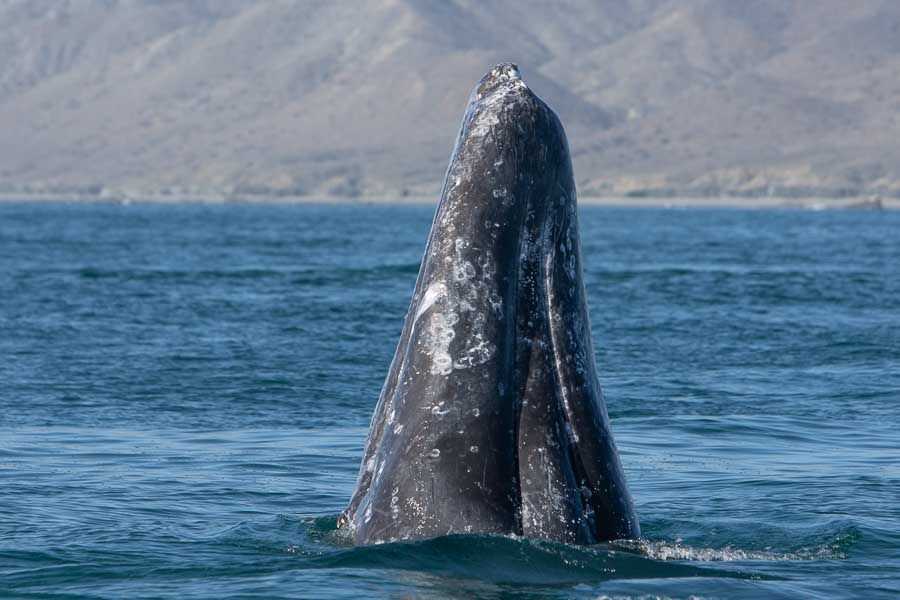Today was the last day of the Baja California season for National Geographic Sea Bird. We had a very nice day of whale-watching. The weather was pleasant, and grey whales were getting ready for their long migration north. Some of today’s highlights were the birds we found as we headed towards Canal de Rehusa, where we encountered California grey whales.
Among the birds, we observed a majestic juvenile bald eagle, apparently in its third year of age. We spotted an immature peregrine falcon just behind a myriad of pelicans, gulls, and cormorants. We can certainly see a lot when we stop to look!







